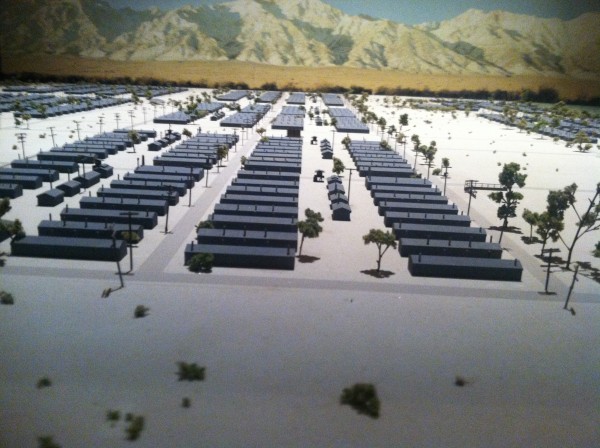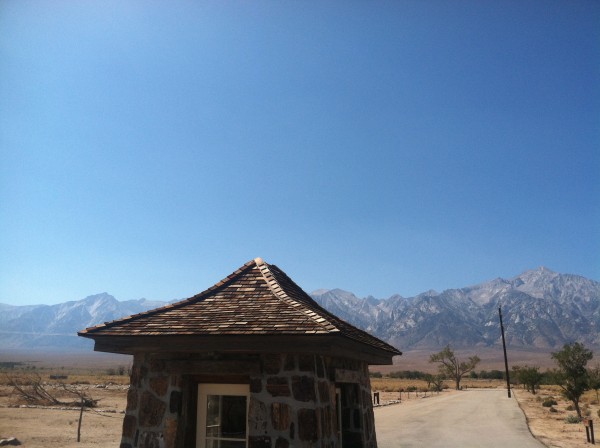My first day of law school, my Constitutional Law professor boasted that he had taught both U.S. Supreme Court Justices William Rehnquist and Sandra Day O’Connor. Ironically, weeks later he candidly told us, about the time in his life when he failed in his role as a Constitutional scholar and as an American. He told of the day that he took his best friend’s family to the train to depart for a “concentration camp” (President Roosevelt’s words), based solely on their Japanese heritage, and in spite of their American citizenship. He said he never protested Executive Order #9066, in spite of his supposed ability to see the unconstitutionality of the law. It never occurred to him, as he was caught up in the same fear and hysteria as the rest of the nation after the bombing of Pearl Harbor.
Today, no one questions the bad judgement of the decision to imprison our citizens based on race alone. Presidents Reagan and Bush publicly apologized and made reparations, but most of these citizens lost much more than the $20,000 of compensation offered. 85% of farmers were unable to return to their land after internship. “Snow Falling on Cedars” is a moving fictional account of the impact of the loss of businesses, homes, and communities, even many years later. My Constitutional Law professor was not alone; very few newspapers or public figures questioned this policy. Those that did, notably J. Edgar Hoover (who stated immediately that there was no “factual data” to justify the mass relocation) and Attorney General Francis Biddle (who believed this action clearly violated the U.S. Constitution), were ignored, and the War Department prevailed. Our Courts remained silent and all of California’s congressman unanimously stated their support for removal.
Did the public know that of the 110,000 jailed for being of Japanese descent, many were children. Specifically, of the 11,000 Americans jailed at Manzanar, 85% of those prisoners were under the age of 18 and solely American by citizenship? Would the public even care that we were enclosing 9,335 children behind barbed wire, with soldiers in guard towers keeping guns trained on them? That is the problem with fear and hysteria; it robs us of the ability to think rationally, one definition of “insanity”.
We have documents like the Constitution to guide us, when our faculties fail, when we cannot think straight due to our emotions. I believe my professor told us this with the hope that his students would question our nation’s decisions, and mount effective protests when fear twists our minds to believing that our finest laws and values should be abridged to handle the momentary hysteria. Benjamin Franklin warned us of the same dangers when he wrote, “They that can give up essential liberty to obtain a little temporary safety deserve neither liberty nor safety”. The next time you hear someone arguing to disband the 4th Amendment right to privacy in favor of “Homeland Security”, go read your Constitution, and ask what we will become as a nation led by fear, instead of by principle.
A visit to this site south of Lone Pine, CA wedged between Death Valley and the Eastern Sierras is a moving reminder of our failure to heed the warning. Extreme temperatures and winds are predictable in the high desert, yet these citizens built their own jail, including beautiful Japanese gardens, enduring fine masonry still evident in the two existing Sentry Huts. 500 citizens worked in a factory here making camouflage nets for the Allies, the War Bond effort was active in Manzanar, as were the internees who joined the 100th Battalion and fought the Germans in Italy. The National Park Service provides a free, and inspiring way, to understand what these citizens endured, with hope that by educating ourselves, we won’t repeat our mistakes, when our fear and hysteria escalate, when we do not feel safe and in control.



